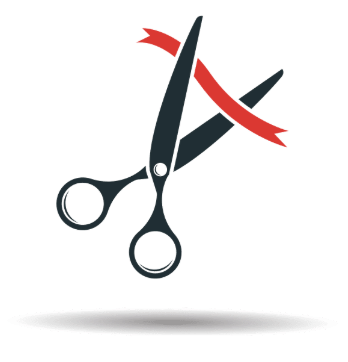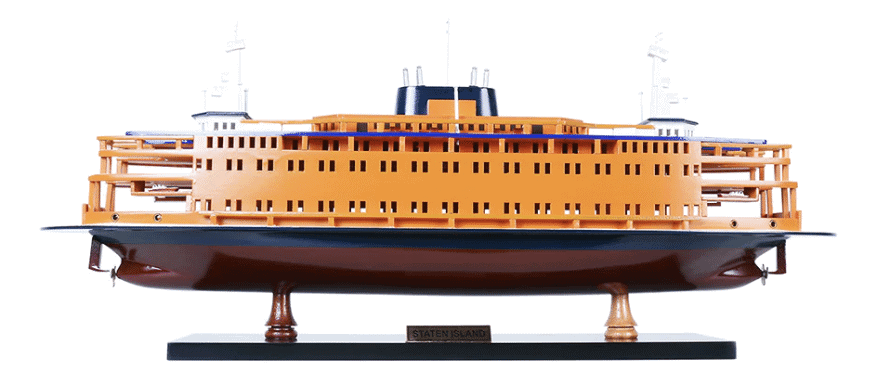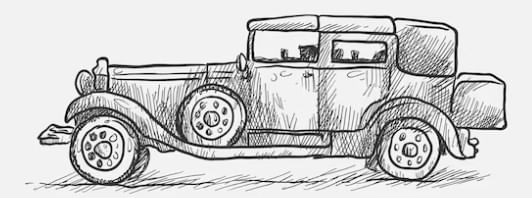Class 4 Maths Word Problems Chapter 13 The Transport Museum
Q1: At the Transport Museum, a toy train has 14 coaches, and each coach can seat 25 children. How many children can the entire train carry?
Sol: We can solve this problem by multiplying the number of coaches by the number of children each coach can seat.
The toy train has 14 coaches, and each coach can seat 25 children.
So, we multiply:
14 × 25.
To make it easier, break 25 into 20 and 5:
14 × (20 + 5) = (14 × 20) + (14 × 5).
Now, calculate each part:
14 × 20 = 280 and 14 × 5 = 70.
Now add the results:
280 + 70 = 350.
Q2: The museum gift shop receives 360 model cars to display equally on 12 shelves. How many model cars will each shelf hold?
Sol: We need to divide the total number of cars by the number of shelves.
There are 360 model cars and 12 shelves.
So, we divide:
360 ÷ 12.
To divide, we know that 12 × 30 = 360, so the answer is 30.
Q3: In a multiplication matrix puzzle, a row number multiplied by a column number gives 72. If the row number is 9, what is the column number?
Sol: We need to find the column number. We know that:
The row number is 9, and when multiplied by the column number, it gives 72.
So, to find the column number, we divide 72 by 9:
72 ÷ 9 = 8.
Since 9 × 8 = 72, the column number is 8.
Q4: During a museum event, 18 buses are arranged, each carrying 40 passengers. How many passengers are there in total?
Sol: We need to multiply the number of buses by the number of passengers each bus carries.
There are 18 buses, and each bus carries 40 passengers.
So, we multiply:
18 × 40.
To make it easier, break 40 into 4 × 10:
18 × 4 × 10 = 72 × 10 = 720.
Q5: A museum curator has a 2400 cm long ribbon to cut into 50 cm pieces for a display. How many pieces can be made? Sol: We need to divide the total length of the ribbon by the length of each piece.
Sol: We need to divide the total length of the ribbon by the length of each piece.
The ribbon is 2400 cm long, and each piece is 50 cm.
So, we divide:
2400 ÷ 50.
2400 ÷ 50 = 48, because 50 × 48 = 2400.
Q6: The museum organizes 450 toy planes into 15 equal groups for a special exhibit. How many planes are in each group?
Sol: To find out how many planes are in each group, we need to divide the total number of planes by the number of groups.
There are 450 toy planes and 15 groups.
We divide:
450 ÷ 15 = 30.
So, each group will have 30 planes.
Q7: A model ferry at the museum has 20 decks, with each deck holding 18 passengers. How many passengers can the ferry carry in total? Sol: To find out how many passengers the ferry can carry, we multiply the number of decks by the number of passengers per deck.
Sol: To find out how many passengers the ferry can carry, we multiply the number of decks by the number of passengers per deck.
The ferry has 20 decks, and each deck holds 18 passengers.
We multiply:
20 × 18.
To make it easier, break 18 into 10 + 8:
20 × (10 + 8) = (20 × 10) + (20 × 8).
Now calculate:
20 × 10 = 200 and 20 × 8 = 160.
Now add the results:
200 + 160 = 360.
Q8: The museum café orders 35 trays of muffins, with each tray containing 12 muffins. How many muffins are ordered in total?
Sol: To find out the total number of muffins, we multiply the number of trays by the number of muffins in each tray.
There are 35 trays and each tray contains 12 muffins.
We multiply:
35 × 12.
To make it easier, break 12 into 10 + 2:
35 × (10 + 2) = (35 × 10) + (35 × 2).
Now calculate:
35 × 10 = 350 and 35 × 2 = 70.
Now add the results:
350 + 70 = 420.
Q9: The museum’s vintage car section has 17 rows, each displaying 200 cars. How many cars are displayed in total?
Sol: To find out the total number of cars displayed, we multiply the number of rows by the number of cars in each row.
There are 17 rows, and each row has 200 cars.
We multiply:
17 × 200.
To make it easier, break 200 into 2 × 100:
17 × 200 = 17 × 2 × 100.
Now calculate:
17 × 2 = 34, and then multiply by 100:
34 × 100 = 3400.
Q10: In a multiplication matrix at the museum, a row produces products 45, 60, and 30 when multiplied by column numbers. If the row number is 15, what are the column numbers? Sol: We need to find the column numbers by dividing the products by the row number.
Sol: We need to find the column numbers by dividing the products by the row number.
The row number is 15, and the products are 45, 60, and 30.
To find the column numbers, divide each product by 15:
45 ÷ 15 = 3,
60 ÷ 15 = 4,
30 ÷ 15 = 2.
|
54 videos|186 docs|14 tests
|
FAQs on Class 4 Maths Word Problems Chapter 13 The Transport Museum
| 1. What types of transportation are typically featured in a transport museum? |  |
| 2. How can visiting a transport museum benefit children? |  |
| 3. Are there any special exhibits or events commonly held in transport museums? |  |
| 4. How can schools incorporate a visit to a transport museum into their curriculum? |  |
| 5. What should families consider when planning a visit to a transport museum? |  |





















